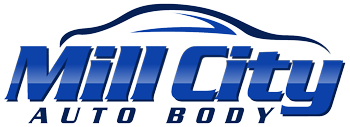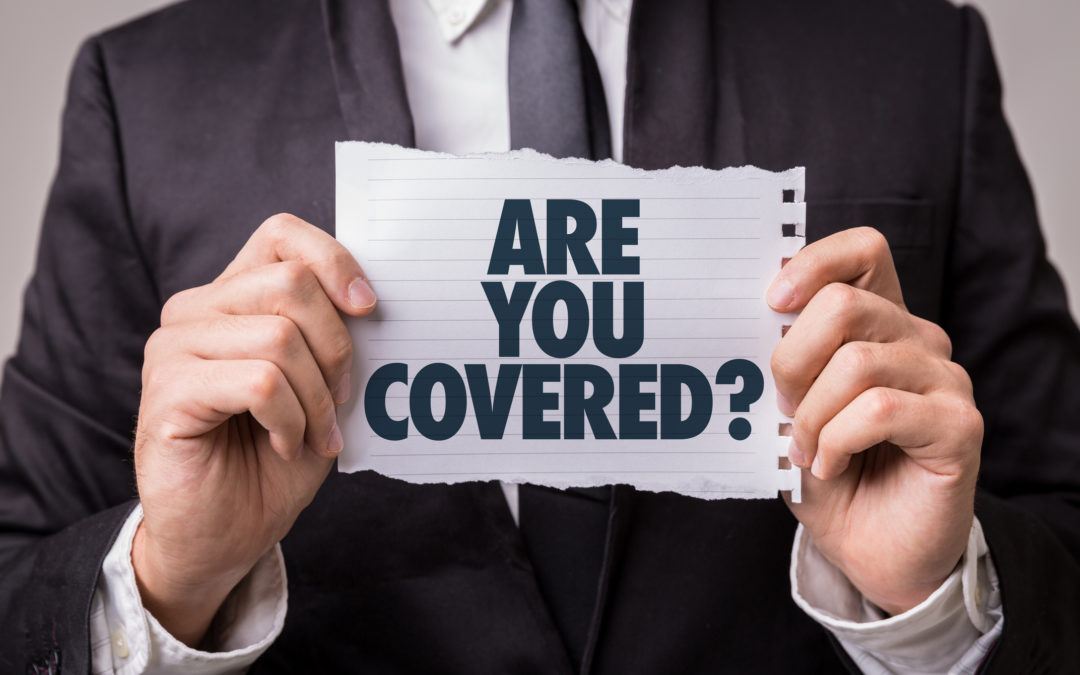Car insurance is a legal requirement for drivers in most states, but understanding an auto insurance policy is not an easy task. It’s important to know what your coverage includes now whether you’re choosing a new policy or you have one that you’ve never (or rarely) used, before you’re in an accident, so we’ve put together a basic explanation to help you get started.
Liability Coverage
Generally, liability coverage is the minimum required insurance. It covers accidental damage to property or personal injury caused to an accident to the other party involved in a crash but not for you, your vehicle, or your passengers.
Injury and property damage can include medical expenses, lost wages, property in addition to a damaged vehicle, or court costs, depending on your policy.
Collision Coverage
When your vehicle is damaged in a collision with another vehicle or an object, this covers the cost to repair it, up to your policy limit.
Comprehensive Coverage
If your vehicle is damaged from something other than a collision with another vehicle or an object, this covers the cost to repair it, up to your policy limit. Comprehensive coverage includes things like vandalism, theft, floods, or storm damage.
Personal Injury Protection (PIP)
Sometimes, PIP is required by law. It covers your medical costs if you’re injured in an accident.
Uninsured Motorist Coverage
If you’re in an accident with an uninsured driver and they can’t afford to pay for things like your medical costs or repair bills out of pocket, this covers it. It’s meant to cover what the other driver’s liability insurance would have covered if they had it.
Underinsured Motorist Coverage
Similar to uninsured motorist coverage, underinsured motorist coverage covers what the other driver’s liability insurance is unable to cover. If the other driver is underinsured, it means that the money they owe you is beyond their policy limit, and this policy kicks in there to make up the difference.
Other Kinds of Insurance Coverage
There are many kinds of auto insurance coverage available, and you can often choose to combine them in personalized ways. Your insurance provider can help you to understand them better!
If you are in an accident, remember that your insurance policy may or may not cover the cost of the damage, and the other driver’s insurance may or may not, depending on the policies and on the accident. However, your insurance company can never tell you where to have your vehicle repaired – that’s always up to you.

